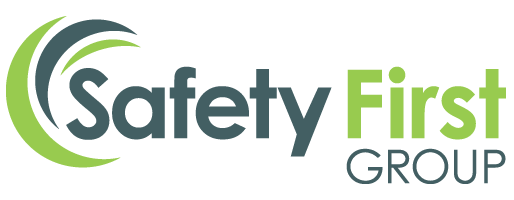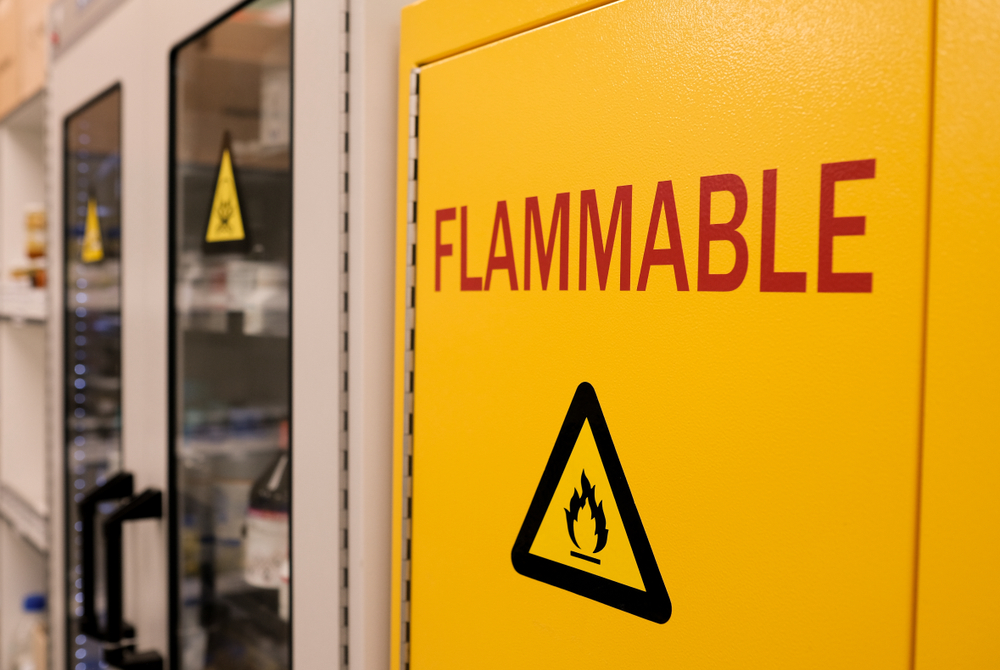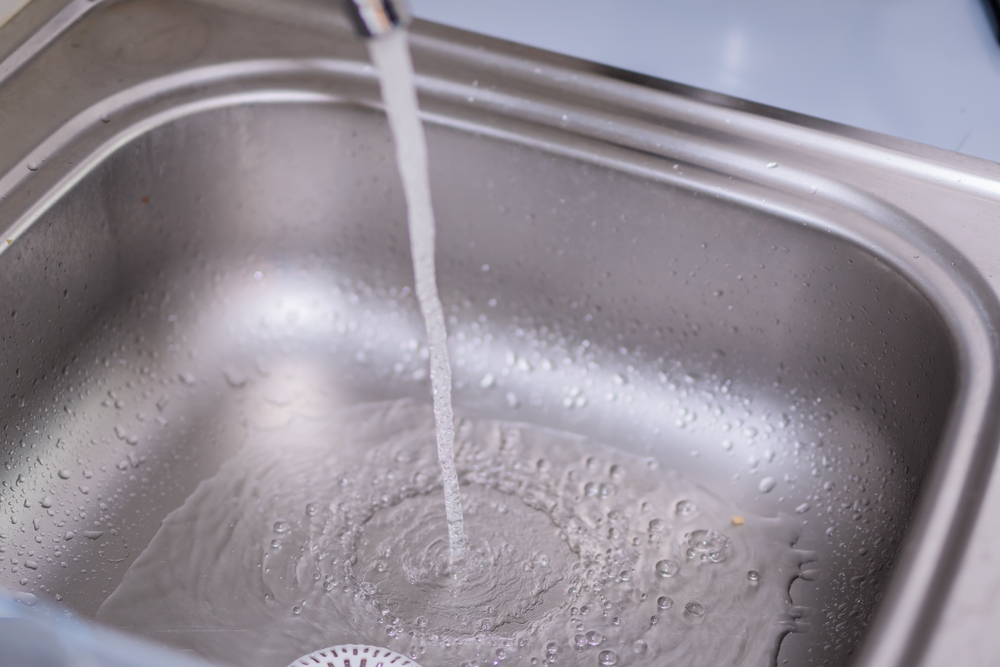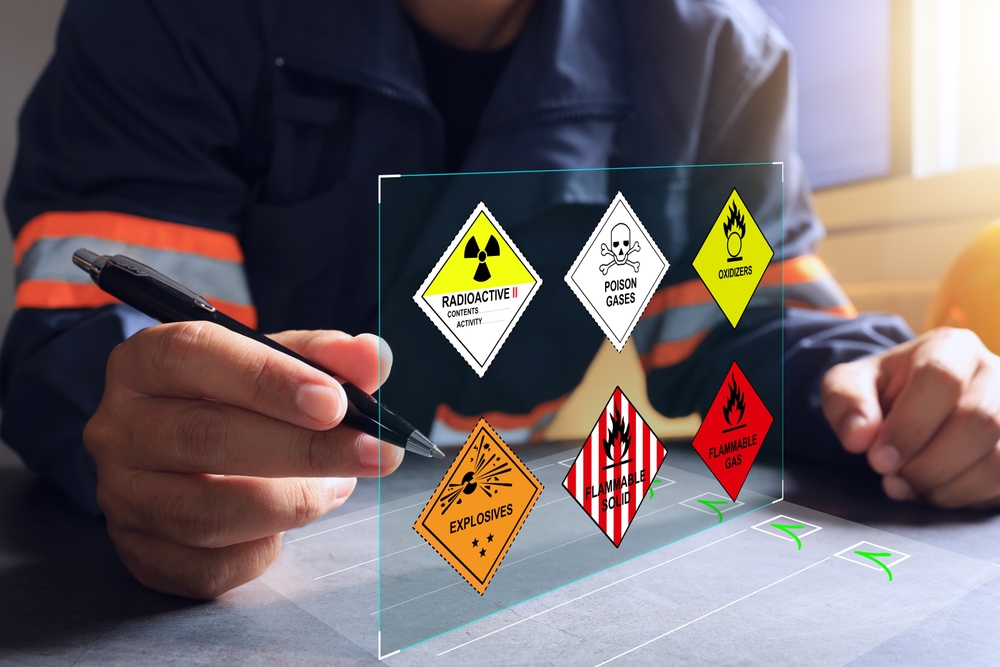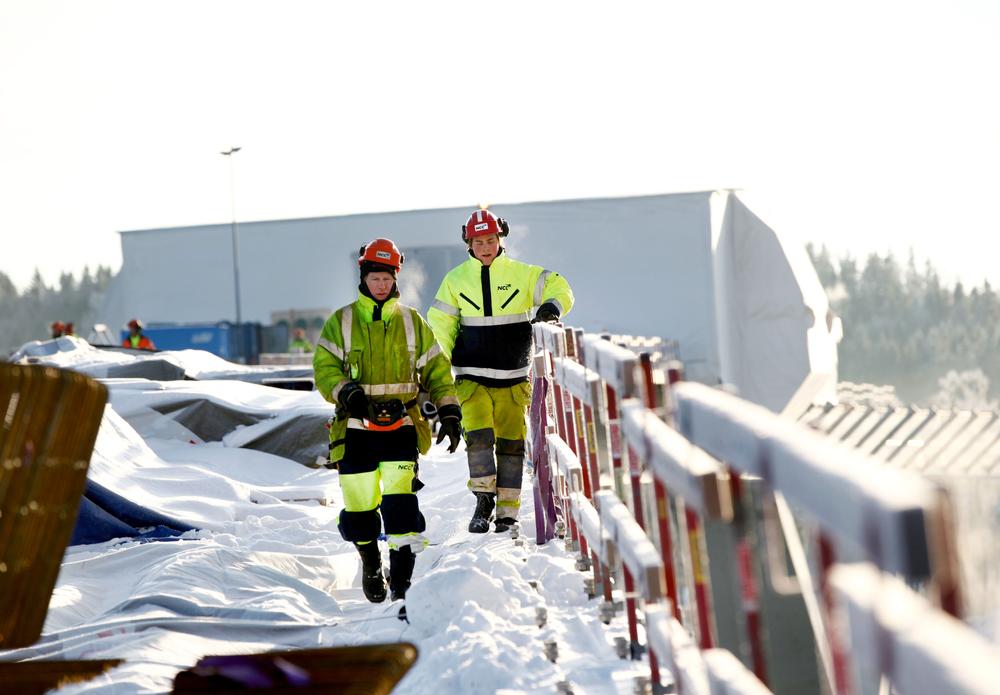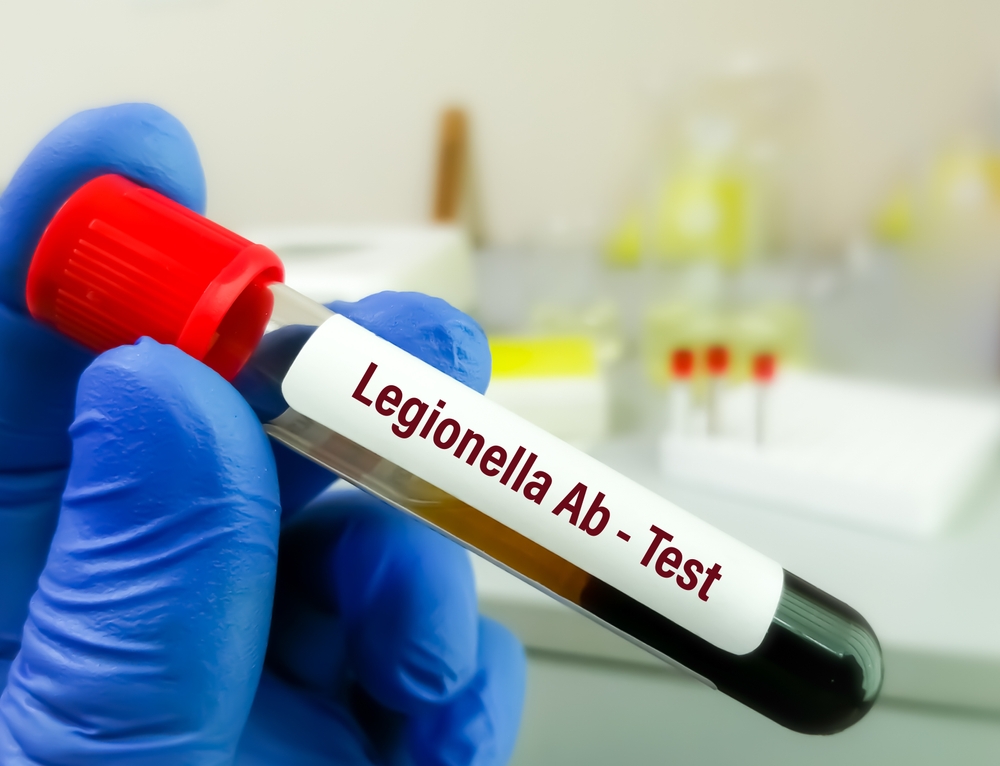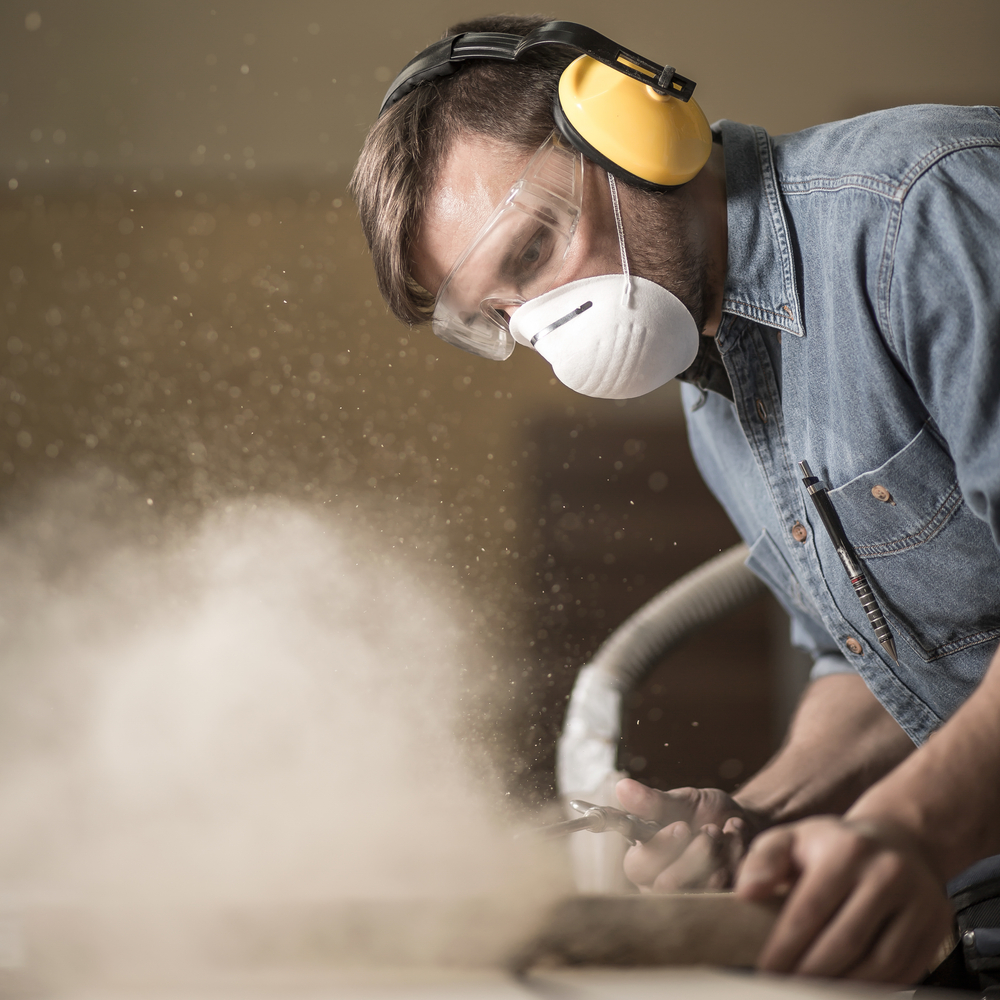When it comes to keeping your workforce safe and your business compliant, occupational hygiene is one of the most vital, yet often overlooked, pillars of workplace safety. Too often, it’s only considered after an issue arises—by then, it could already be too late.
At Safety First Group, we’re committed to putting prevention first. That’s why we’ve compiled the top 10 things every Health & Safety Manager should know about occupational hygiene. Whether you’re reviewing existing controls or building your safety programme from the ground up, these insights are your foundation for a healthier, safer, and more compliant workplace.
- Occupational Hygiene Is a Legal Requirement
Let’s start with the facts. Occupational hygiene isn’t optional—it’s a legal duty. Under COSHH regulations and other HSE guidance, employers are required to assess and control risks from hazardous substances and conditions in the workplace. Non-compliance can lead to significant penalties, but more importantly, it puts workers at risk.
- Prevention Is Always Better Than Reaction
The aim of occupational hygiene is preventing illness and injury before they occur. Waiting until symptoms appear or complaints surface isn’t just reactive—it’s risky and often costly. Early monitoring can highlight exposure issues before they become problems, helping you avoid downtime, compensation claims and reputational damage.
- Regular Exposure Monitoring is Essential
From dust and fumes to vapours and noise, exposure can be invisible but dangerous. Regular monitoring helps you keep these hazards under control. At Safety First Group, we tailor monitoring strategies to your environment to ensure you’re not only compliant—but confident in your workplace safety.
- Vibration Exposure Should Never Be Ignored
Hand-arm and whole-body vibration assessments are crucial to prevent HAVS (Hand Arm Vibration Syndrome) and musculoskeletal disorders. Prolonged use of vibrating tools can cause lasting damage, so understanding safe exposure limits and testing your equipment regularly is key.
- Noise Assessments Protect More Than Hearing
Even if noise levels seem “normal,” long-term exposure can cause permanent hearing loss or tinnitus. Our team provides thorough noise assessments that help identify at-risk areas and recommend controls to reduce exposure and support compliance with the Control of Noise at Work Regulations.
- Poor Air Quality = Poor Productivity
Indoor air quality has a direct impact on employee health, performance, and absenteeism. Poor ventilation or airborne contaminants can lead to fatigue, illness, and more. Our air quality surveys detect harmful particulates and gases—ensuring your workplace is not just compliant, but comfortable.
- Don’t Overlook Lighting and Thermal Comfort
Environmental factors like poor lighting or uncomfortable temperatures can reduce morale and even lead to physical strain. At Safety First, we provide lighting and thermal comfort surveys to help you create safer and more ergonomic workplaces.
- One-Size-Fits-All Assessments Don’t Work
Every workplace is different. That’s why bespoke risk assessments are essential. Whether you work in manufacturing, healthcare, or construction, we tailor each assessment to the specific processes, tools and risks of your environment to ensure meaningful results.
- Keep Your Records Up-to-Date
Having your documentation in order isn’t just good practice—it’s your compliance safety net. Our assessments come with detailed reports, asset registers, and control recommendations, making audits and inspections stress-free and straightforward.
- Expert Guidance Changes the Game
With over 15 years of combined expertise, our occupational hygiene team is here to support you every step of the way. From initial site surveys to regular monitoring and reporting, we’re committed to helping you reduce risks and maintain a compliant and safe workplace.
Ready to take the next step?
Talk to our team today.
Prevention is always better than reaction. Let’s get ahead together.
